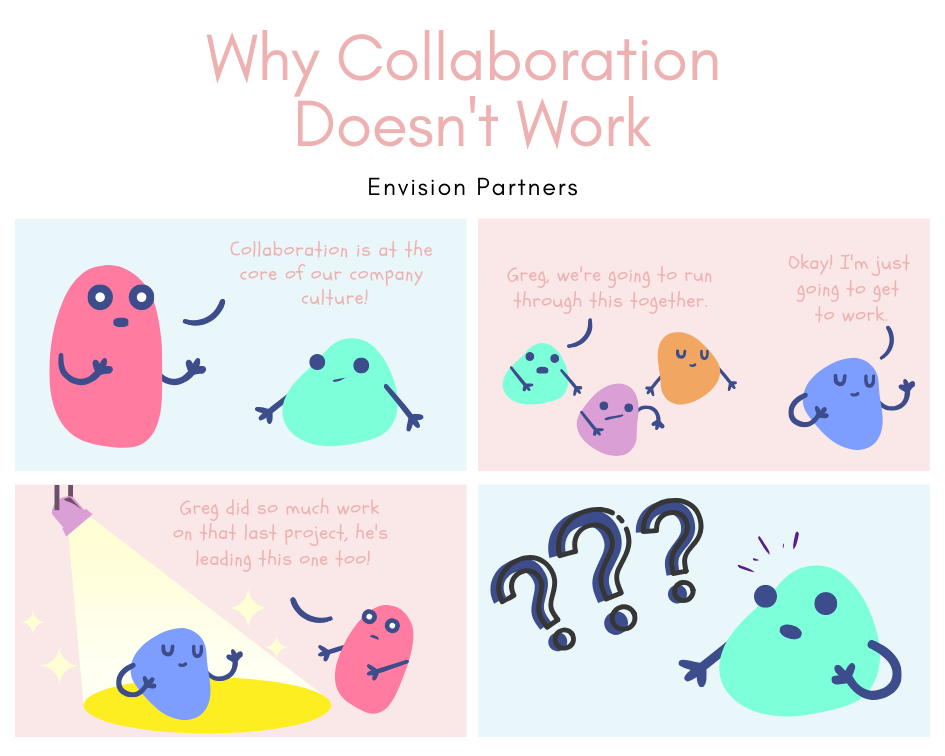Little Red Wagon
The combination of “yes, and” is an awesome tip for creativity and problem-solving that originated with improvisational acting. In order to keep a storyline going, the actor must agree (yes) with the premise that is presented to them and then add to the storyline (and).
“The boy pulled a little red wagon with rocket engines attached to each side…”
“Yes, (usually silent) and in the little red wagon, was a dog wearing a helmet…”
Improvisational acting translates well to the workplace in the form of creative problem-solving in a group and active listening. Creative problem-solving means exploring an idea to its end without judgement. Active listening means hearing what the other person says and not choosing how to respond until after the other person has finished speaking.
In improvisational acting, the actor giving the prior statement sets the direction and the following actor must follow that lead in order for the storyline to be successful.
Imagine if the following actor was not actively listening…
“The boy pulled a little red wagon with …”
“broken wheels…”
That sure takes the story in a different direction.
Imagine if the following actor did not want to follow the creative direction set by the first actor:
“The boy pulled a little red wagon with rocket engines attached to each side…”
“No, let’s make it a bicycle…”
How does the next actor respond? How does this help the conversation move forward?
A common phrase in our daily conversation is “yes, but”:
“The boy pulled a little red wagon with rocket engines attached to each side…”
“But the rocket engines did not work…”
This might be true, but it probably doesn’t encourage the first actor that the second actor wants to follow the train of thought.
“No” and “yes, but” are useful for identifying the correct and accurate facts, or for narrowing down a creative problem-solving conversation. They are not phrases that encourage openness and exploration. “No” and “yes, but” words limit conversation–they do not invite open conversation. Open conversation is critical when a group is trying to be creative. The divergent phase is a broadening phase in which all ideas should be explored. If someone wants to come back and start the premise as a bicycle rather than a wagon, then indeed this should be done—but only after the little red wagon with rocket engines has been fully explored.
Let this note be the opening line. I would love to hear your “yes, and” responses.











A 3-step process to help you and your employees create lasting behavioral change.